MAY 2012 PROGRAM - TINA TAMARRO
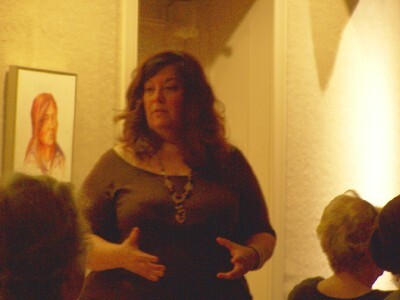
Tina Tammaro presented an overview of great artists for members of the Greater Cincinnati Watercolor Society on May 2, 2012. She is a working artist whose background includes a position as staff lecturer and educator at the Whitney Museum of Art in New York City. She has a BFA from Miami University and an MFA from the University of Cincinnati.
The presentation included many 20th century artists. They are listed with comments and some identifying art.
Inventions such as the airplane, elevators, and film offered the artist new perspectives from which to paint.
Charles Demuth who painted “I Saw the Figure 5 in Gold” in 1928 emphasized fragmentation.
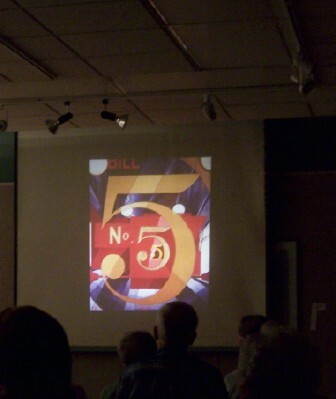
Max Weber showed New York City in his work “Chinese Restaurant” (1915)
Edward Hopper who often painted people in restaurants suggested alienation.
John Marin, famous for his watercolors, chopped the picture into sections.
Joseph Stella painted “Bridge” in 1936. The arches and gothic shape of the bridge which suggested church windows made this seem like a religious painting.
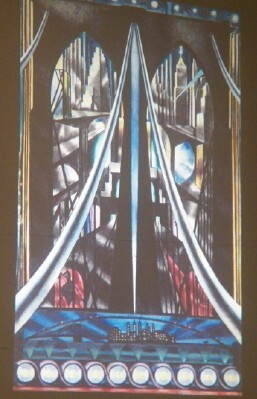
In the 20th century, idea becomes more important; art documents the thought. It is called conceptualization.
Barnett Newman was part of the abstract expressionist movement. His painting of a red rectangle, titled “Day 1” is about God creating light.
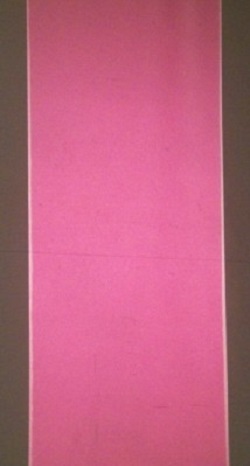
George Bellows painted “Dempsey and Firpo” showing Jack Dempsey being knocked out of the ring. As story tellers, these artists embellished or left things out to make a better picture.
Jackson Pollock was an abstract expressionist who insisted that art be for art’s sake. In his painting “#27” each color has a different purpose.
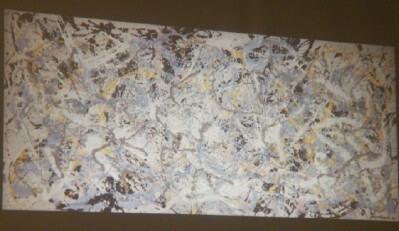
Willem de Kooning painting in the 1960s made a whole physical gesture. His painting, “The Doorway” has blocks of yellow with rectangles of gray and black and has a door with a tree inside or outside.
Roy Lichtenstein made fun of the abstract expressionists and was considered a pop artist. His work had comic book images as the basis.
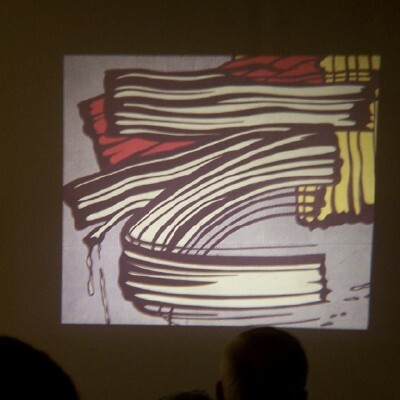
Jasper Johns was against pure emotionalism. He painted realism such as the American Flag using encaustic, oil and collage.
Andy Warhol, another pop artist of the 1950s, used familiar faces and items repeated graphically such as the famous painting of Marilyn Monroe. Also, one was of Coca-cola bottles.
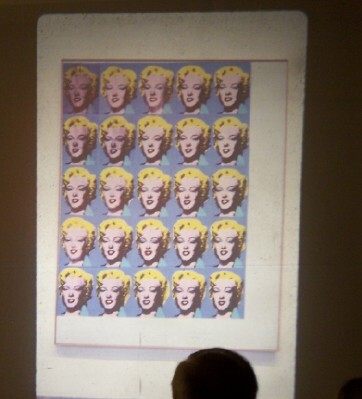
From the mid 20th century, Tammaro went back to some of the other famous artists:
Claude Monet painting in 1906 and beyond was trying to get at the truth of where he lives. He was fascinated with water and his work is all about atmosphere.
Jacob van Ruisdael in 1646 painted landscapes which were innovative at the time and were preferred by middle and upper class merchants.
William Turner, the English romantic painter of about 1775-1851 loosened the brush stroke.
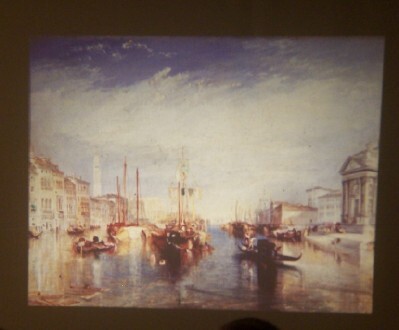
Winslow Homer, an American 19th century painter, emphasized shapes to put us into the scene.
Charles Burchfield was a nature watercolorist who inspired Walt Disney.
Edward Hopper tried to paint an experience. He painted where he walked—such as the back of houses. He did not paint like post cards.
Andrew Wyeth loved the people he painted, people who were quiet and contemplative. He gives his subjects detail and wants you to experience what he experiences.
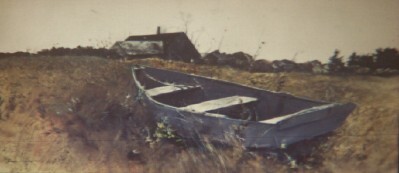
Mark Rothko, an abstract expressionist of the 1950s, wanted to paint religious paintings but as a Jew could not paint images. His filled canvases are very contemplative.
Robert Henri of the WWI era painted Gertrude Vanderbilt Whitney wearing pants and she had a bobbed hair style. This was daring at the time. She started the Whitney Museum of Art.
Richard Schmid painted in the second half of the 20th century yet paints like the 20th century never happened with his nostalgic subjects painted in the style of Duveneck.
This ended the lecture which offered the members a look at how art is meant to come from within a person.
(The foregoing notes were taken by Marilyn Bishop as a person in the audience—not as an expert. Photos by Jane Hittinger and Deb Ward).

